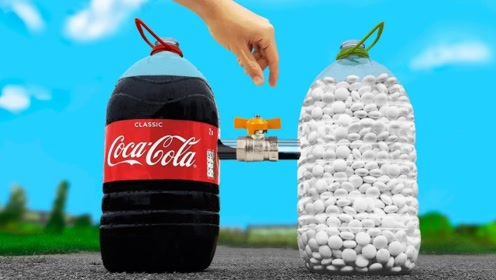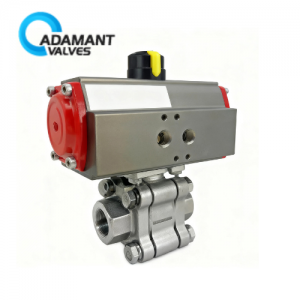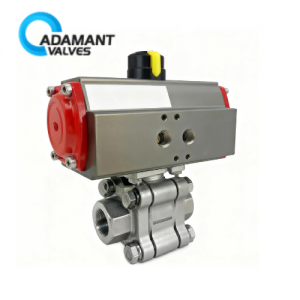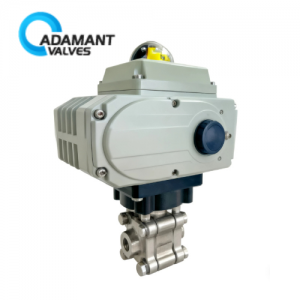Design and Construction for Sanitary Fluid Processing Equipment

Applying sanitary design principles to the equipment used in factories allows companies to provide food to consumers in the safest manner possible, which in turn helps them avoid costly PR disasters that arise when contaminated products make it to the public.
Surfaces Properties
All the contact surfaces should be resistant to corrosive food products and meet the following criteria:
- Smooth, nonporous, free of cracks and crevices, impervious
- Nontoxic, non-contaminating
- Nonabsorbent, nonreactive
- Durable and maintenance-free, cleanable
Surface Treatment
If a contact surface is polished or textured in any way, it must be treated properly so the final surface is smooth, durable, free of cracks and crevices, and meets the other sanitary design requirements described above.
The 3-A Sanitary Standards have adopted the roughness average or Ra value, an industry-recognized method for determining an acceptable food contact surface. The Ra is tested by a profilometer, a sensitive instrument employing a diamond-tipped stylus to measure peaks and valleys on a relatively smooth surface.
Benefits of Sanitary Design in Food Equipment Construction:
- Helps reduce the number of products rejected
- Lowers the need to rework products or place them on hold
- Reduces your testing expenses prior to starting operations
- Lowers your risk of having a product recalled due to contamination




